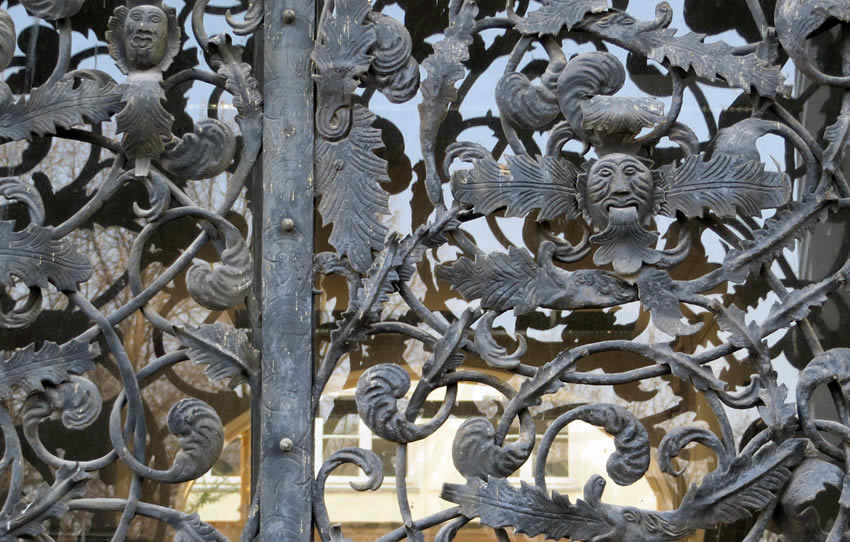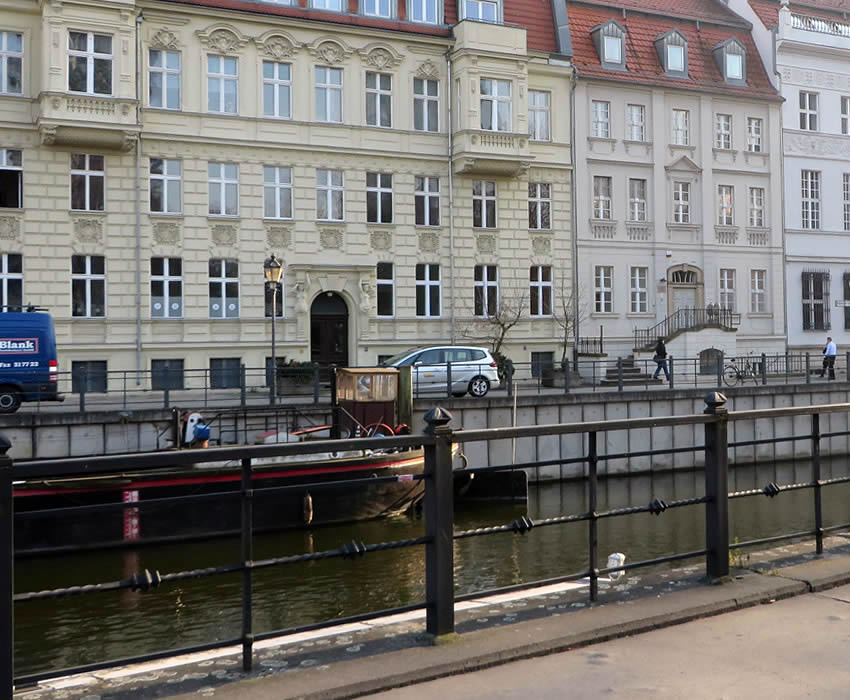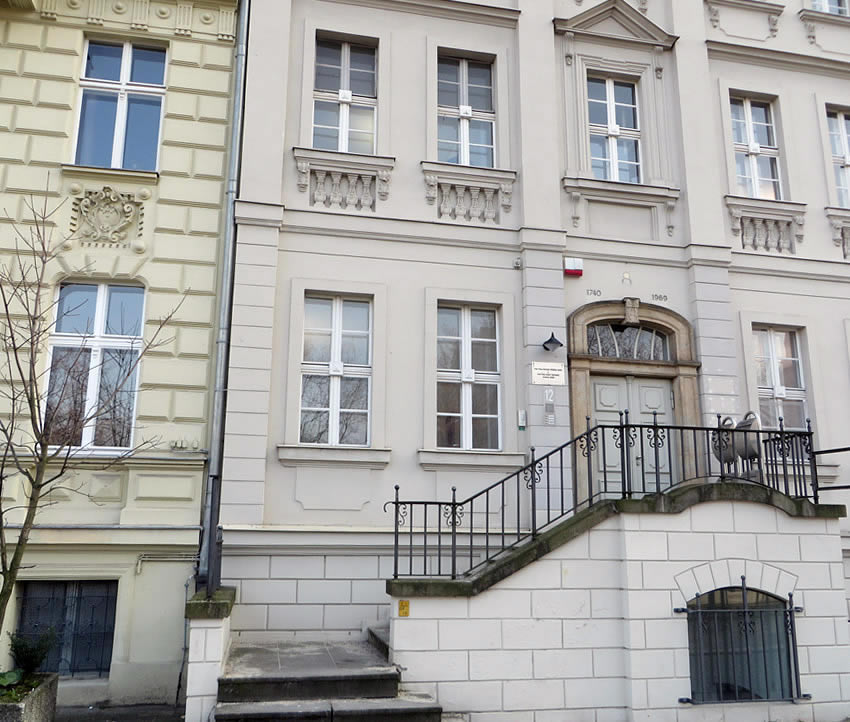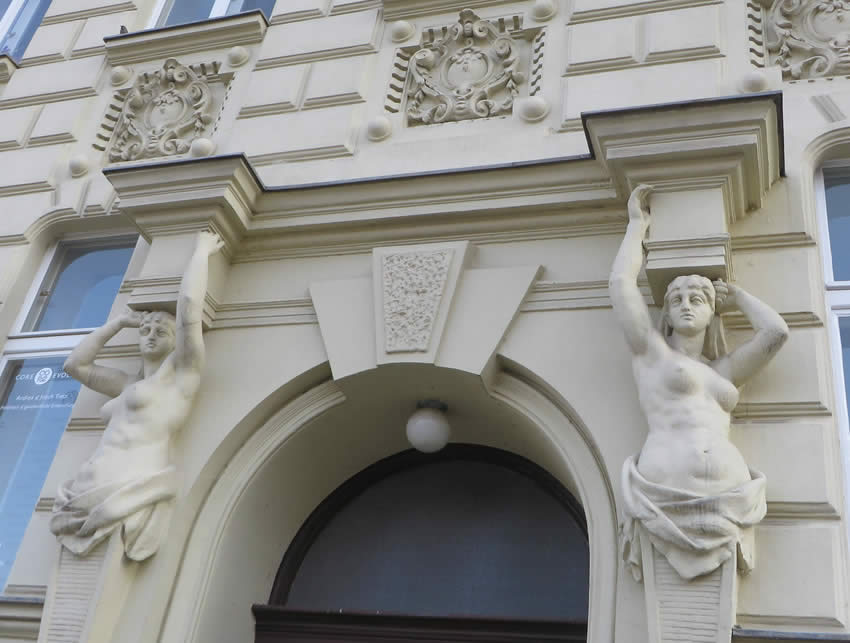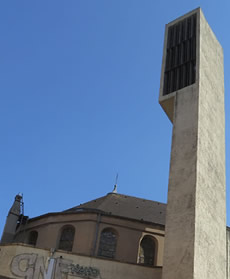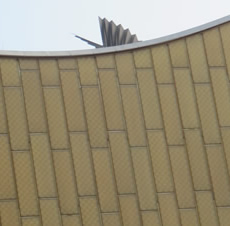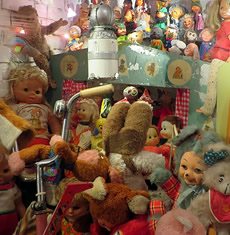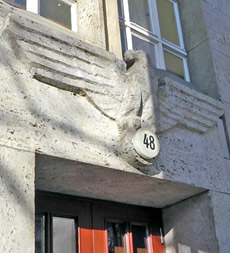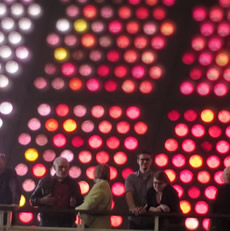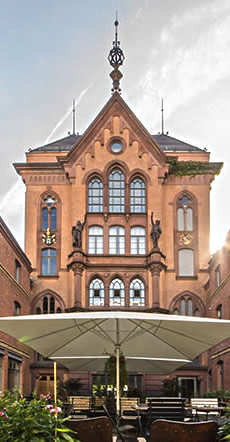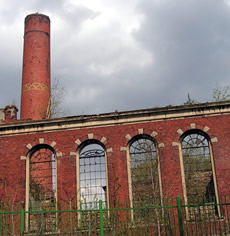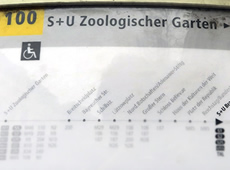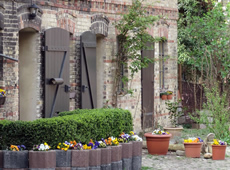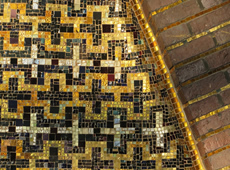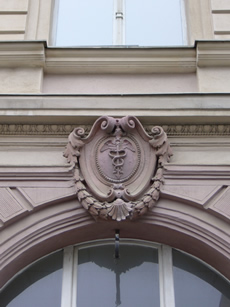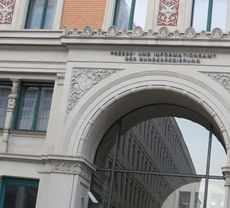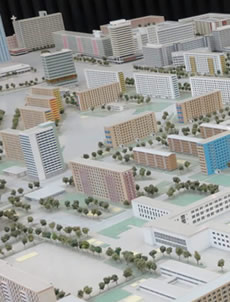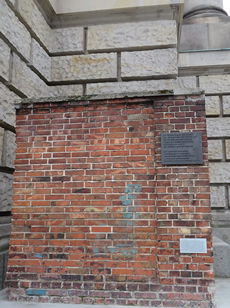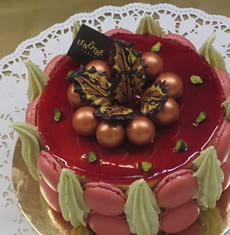Berlin
History repackaged: the Märkisches Ufer
It's relatively easy to take pleasing, carefully cropped photographs of the Märkisches Ufer, a cobbled, river-side thoroughfare lined with imposing 18th and 19th century townhouses.
In reality, however, this scant and rather lonesome remnant of 'Old Berlin' is dwarfed by towering apartment blocks and feels, in general, like a rather tragic survivor. A historic enclave that somehow escaped the bombing raids and subsequent East German redevelopment which, together, decimated much of the city's ancient core.
But even this assumption of authenticity is partly erroneous because, in fact, the stately ensemble of dwellings is almost as much a reconstructed set-piece as the nearby Nikolaiviertel, the GDR's belated attempt to recreate a lost mediaeval quarter.
Number 12, for example, which dates from 1740, was located on the Friedrichsgracht before it was dismantled in the mid 1960s, and rebuilt here in 1969.
Another transplant, at number 10, is the so-called Ermelerhaus, famed for its lavish rococo interiors.
Plans by the GDR to demolish it entirely caused such an uproar that it was finally agreed to reconstruct it here in 1969, two years after it was removed from nearby Breiten Strasse.
Now part of a hotel complex, it's easy to step inside and admire the finely-wrought staircase, but the opulent rooms serve as conference and banqueting suites, and are locked away from general view.
In the face of such iniquity - yet another cultural gem commandeered by commerce - it's nice to reflect on the fact that number 14, a comparative youngster dating from 1890, once incorporated a very public bathhouse.
A collection of boats bob on the river alongside the Märkisches Ufer - an outdoor museum of antique sailing vessels permanently moored in a 'historic harbour' which struggles, in truth, to quite live up to its picturesque promise.
They include, however, the Renate-Angelika, a restored barge which in summer hosts an exhibition detailing the history of inland shipping, with an accent on its role in Berlin.
Specialised content, certainly, but in a place that isn't quite what it seems, a site of restructure and historical subterfuge, time spent discovering how this part of the city once looked and lived might just provide an interesting complement to its current reality.
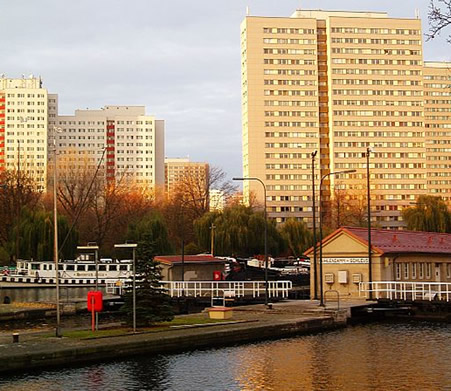
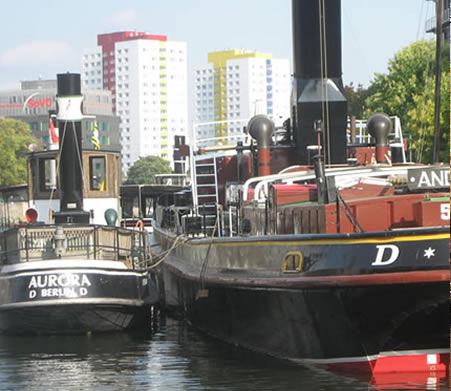
See also:
An 'ancient' courtyard cafe
Wallstrasse - a street worth exploring
Berlin in miniature
3D glimpses of the old city
Märkisches Ufer, 10179 Berlin
Historic harbour and open air boats museum: Fischerinsel / Märkisches Ufer, 10179 Berlin.
Renate-Angelika museum boat: opening times
(summer only):
Sat and Sun 1pm-6pm, check website for details - historischer-hafen-berlin.de
